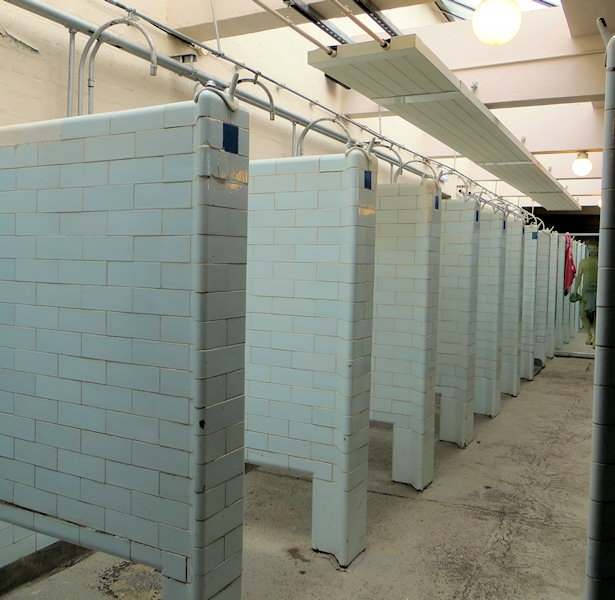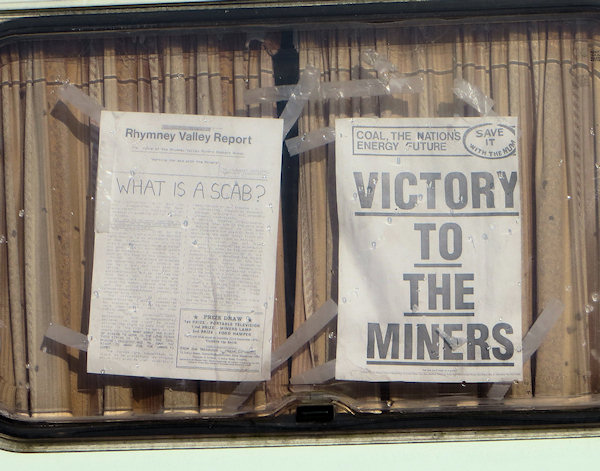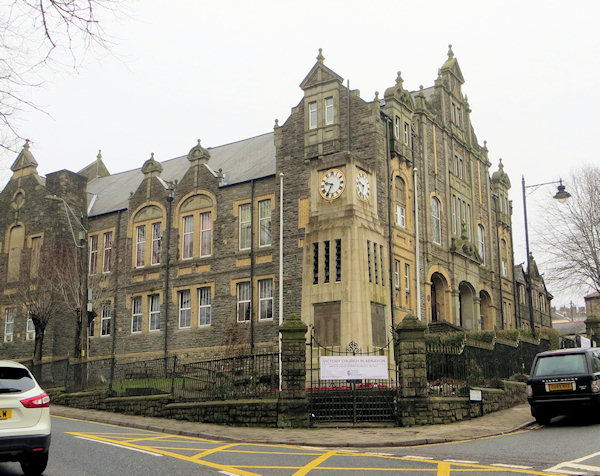
I like holes in the ground. The bigger the better! Whether it’s a cave or a mine, I like going underground, even more so when there’s a sense of history attached.
My most recent underground adventure was at the National Mining Museum in Wales – otherwise known as Big Pit – where I was guilty of an ‘ooops’ that was just a little bit dangerous… sorry folks.
Parts of this big hole in the ground were dug as early as 1812 – a small mine that was later incorporated into one of the biggest and most important places where King Coal was worshipped. Big Pit closed in 1980 – but the miners who once sweated at the coal face now guide visitors underground and tell their stories.
And that’s where I went a bit wrong.
There is gas in coal mines. Dangerous, explosive gas. So before the visitors are allowed underground, you have to leave behind anything with a battery in it – cameras, mobiles phones. Cigarette lighters are a big no-no. While we were all handing over our things – I somehow missed one part of the conversation. A short time later, underground (where we took no photos of course) a former miner was explaining about the dangers of gas explosions – even now. And that, he said, was why we had been asked to give up our cameras and phones and watches. Watches? Oops. I’d missed that bit and was still wearing mine. I slid the sleeve of my jacket down to cover, and crossed my fingers.
I kept my watch well covered as we headed down mine shafts hewn in when a young Queen Victoria sat on the throne. These were narrow and the roofs were so low that even I had to stoop. We stood in the total blackness and imagined the lives of children as young as five or six had to work for ten hours a day or more. I was glad to see the sunlight again after just an hour underground.
Big Pit captures the history of the Welsh mining industry over many generations.
One of the great innovations came in the late 1930s when the pit head baths were built. This enabled the miners to wash off the grime of the pit before they walked home at the end of their shift. They had a clean locker for their proper clothes – and a dirty locker where the underground clothes were stored, and dried by heated air. I imagine dry warm clothes were a blessing for them at the start of their winter shifts – just as I imagine the miners’ wives must have been thrilled not to have coal dust tramped through their houses every day. I image their washing load was somewhat reduced as well.

One the themes that ran throughout the whole museum was that although the work was hard, the men were proud of what they did. You could hear it in the voices of the miners who now lead the tours through the darkness.

There was a strong community where everyone helped each other – especially in emergencies.

In all – Big Pit was a great place to visit. We spent most of a day there. So there it is – reasons I Like Wales # 132.


Comments
6 responses to “A very big hole in the ground”
Fascinating post, Janet. About twenty years ago, I went down a coal mine in Co Durham – and I found it pretty scary. They had some retired pit ponies on the site, too. Their eyesight was damaged after a life down the mines, poor things. Still, at least they could end their days being looked after and petted by the visitors.
I thought it was a bit scary too Elizabeth. I couldn’t help but notice the age of some of the timber shoring up the roof. I would be very curious now to go down a modern mine and look at the differences. I have to hope conditions are much improved.
My husband and I did a Back Roads tour of Wales 4 years ago in 2011. We stayed in The Bear hotel in Crickhowell and toured the Big Pit museum. Must say, my husband went down in the cage. I didn’t. Stayed safely above ground. In the evening, we were so privileged to sit in on a rehearsal session of the local male choir. Utterly beautiful to hear. Thanks for this post. Brought back lots of memories.
How wonderful to listen to the choir Noelene. I had a similar experience one day walking into the cathedral at Carcasonne in France. The voices were magnificent and really added to the pleasure of our visit. Sometimes those unplanned and unexpected moments can be treasures.
Reading your blog, Janet, A Very Big Hole in the Ground, took me back to when my husband and I went underground at Caphouse Colliery in Yorkshire. I love your description of being down and there – and your watch! We were crammed into a tiny steel lift. Dropping into the complete darkness took my breath away. I remember the air thick with coal dust. I felt I had to go down as part of my research for my novel about the 1984-85 Miners Strike THE SEA INSIDE HIS HEAD. This is about a miner who risked losing everything by becoming a ‘scab’. I lived in a mining village during the strike – this is why I just had to write the novel – so the voices of the scabs would also be heard. Thanks for reminding me of those difficult times.
Hi Theresa. I’ve actually been researching the miner’s strike for a project of mine too. As you say, a difficult time. I was just pleased that the museum didn’t try to hide it, or ignore it. I think it’s important that we remember and acknowledge the difficult times. Janet.